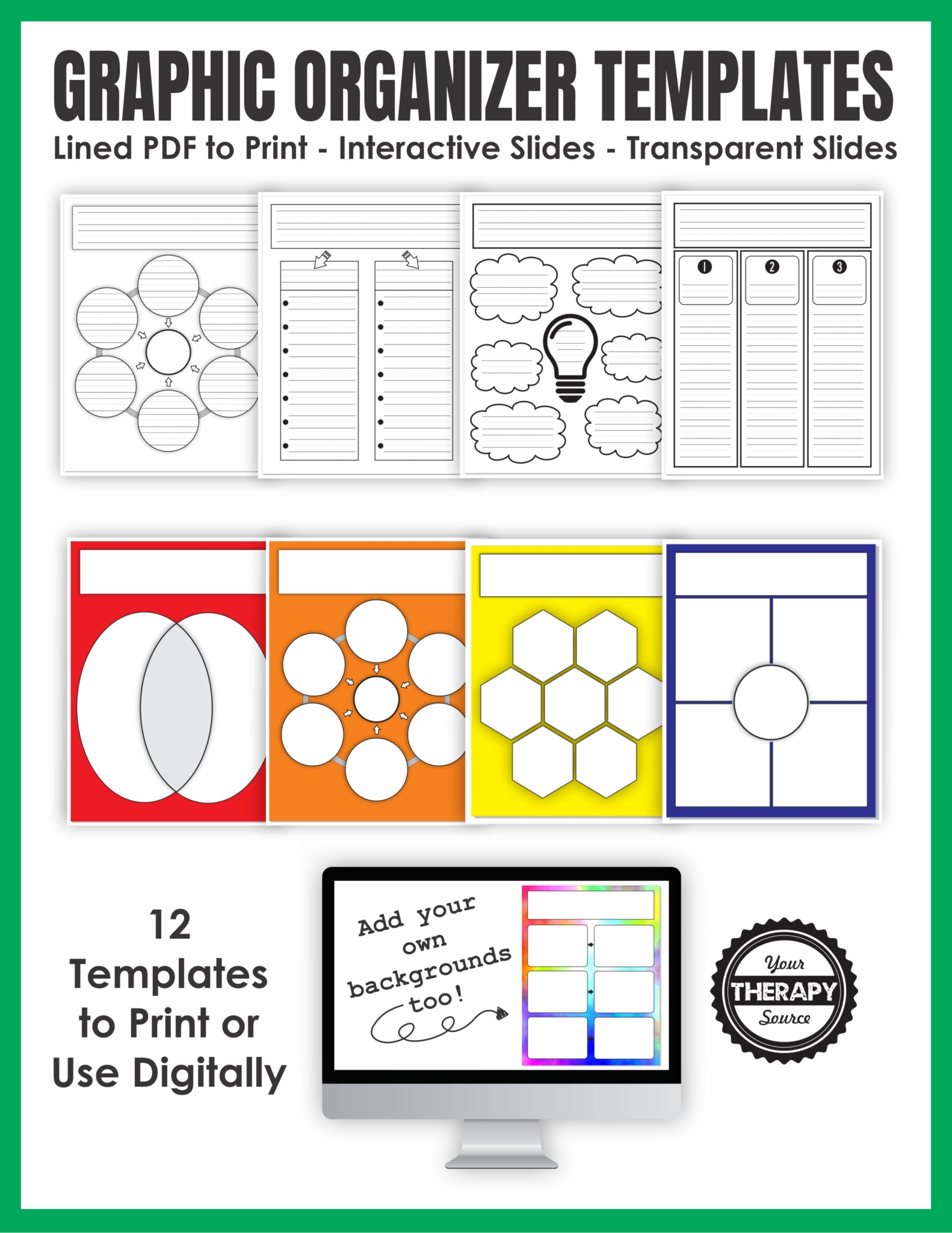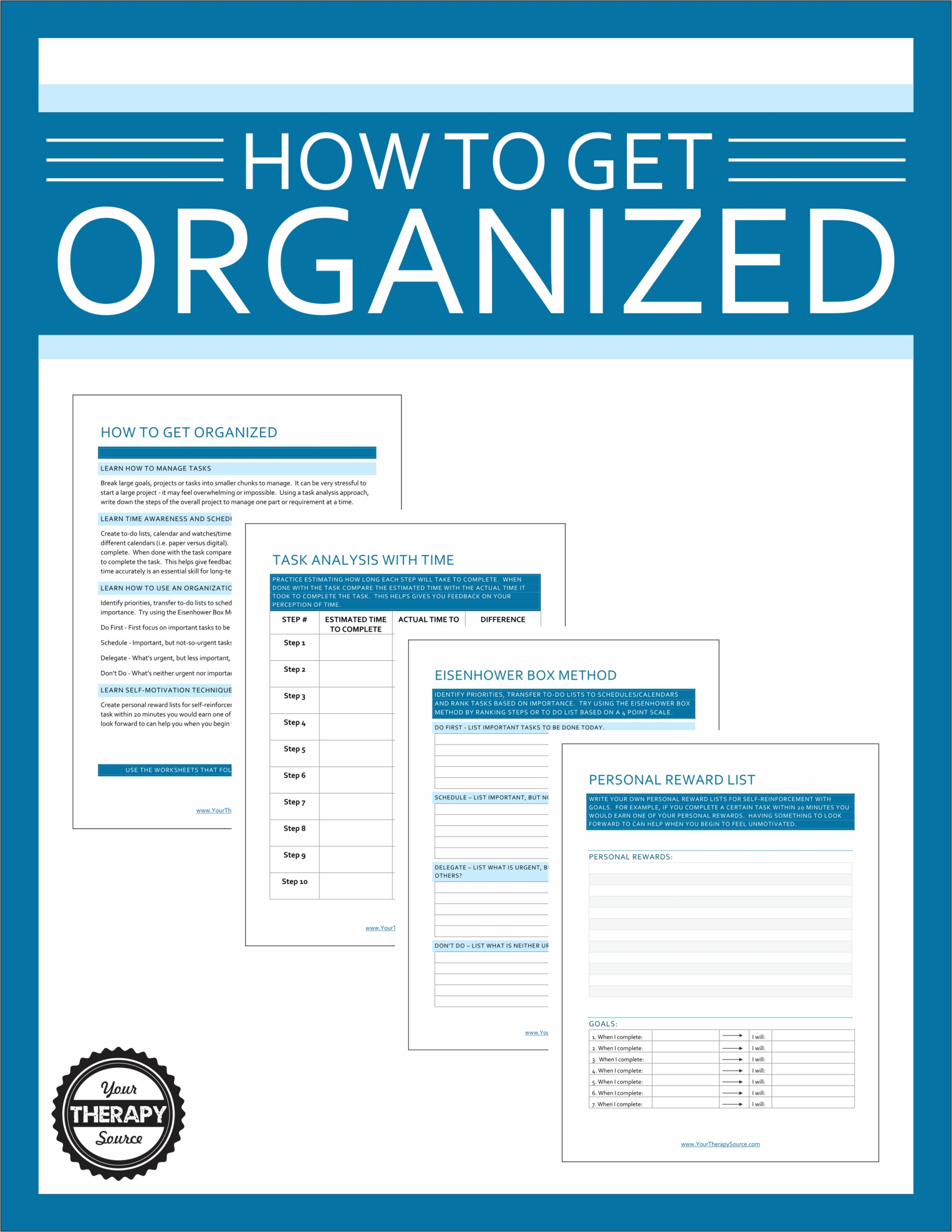Executive Functioning IEP Goals
Executive functioning is a set of mental processes that help you gain control over your actions so you can achieve your goals. Executive function skills allow us to plan and organize our daily activities, time, and behaviors as well as change or shift between tasks. Executive functioning abilities are sometimes referred to as executive skills, cognitive skills, self-management skills, or organizational skills. Executive function problems can interfere with learning, working, and social life. For special education students, it may be necessary to create executive functioning IEP goals.
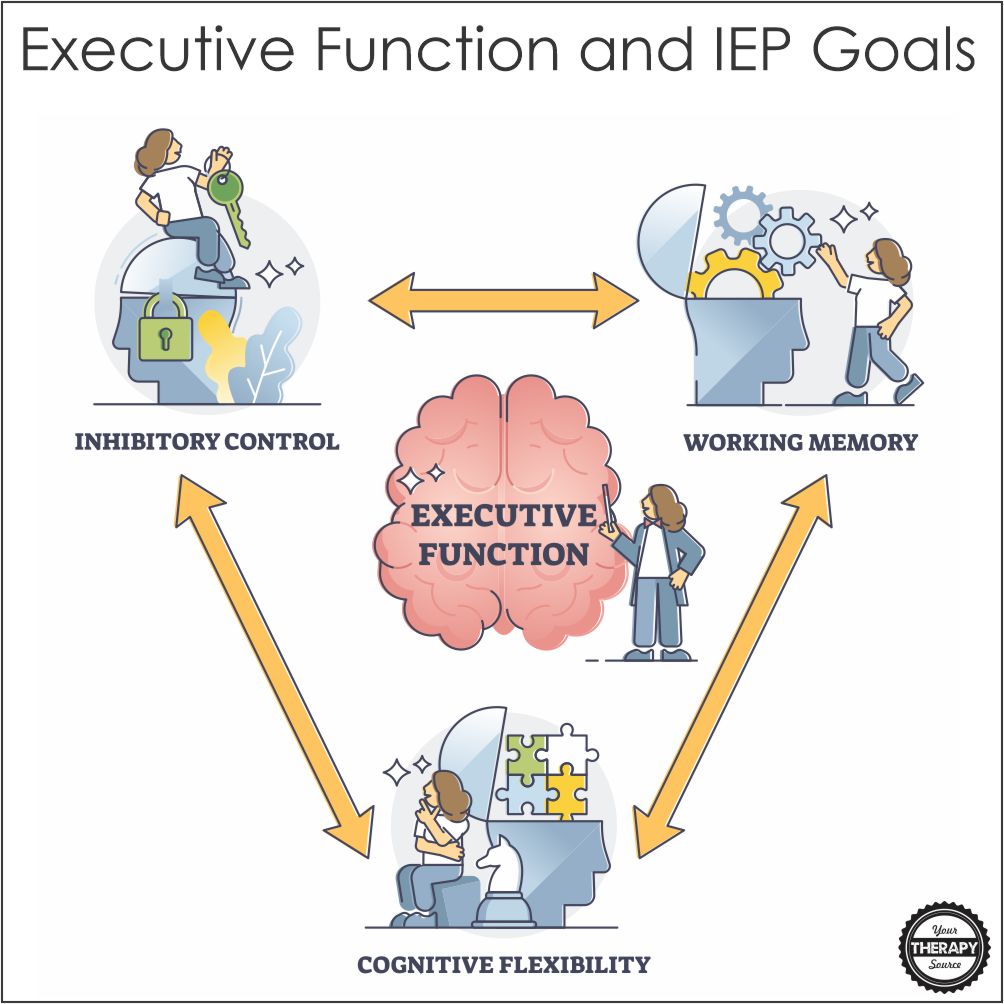
Three Main Components of Executive Functioning
There are three main components of Executive Functioning:
- Inhibitory control or self-control: the ability to stop an inappropriate or non-suitable response in favor of a different response that is more appropriate for a given situation. For example, a student might demonstrate inhibitory control when they are interrupted when playing video games in order to do their homework.
- Working memory: the ability to remember information for short periods of time so that it can be used to complete tasks or solve problems. For example, a child with executive functioning Issues might need assistance remembering what to write down for their homework assignments if they get interrupted in the middle of the task.
- Cognitive flexibility: the ability to switch between different tasks or actions as a situation changes. With this executive functioning component, you might be able to complete your math assignment in the classroom but unable to do it in study hall when there are more distractions. Another example is being able to move from planning a task to completing a task independently.
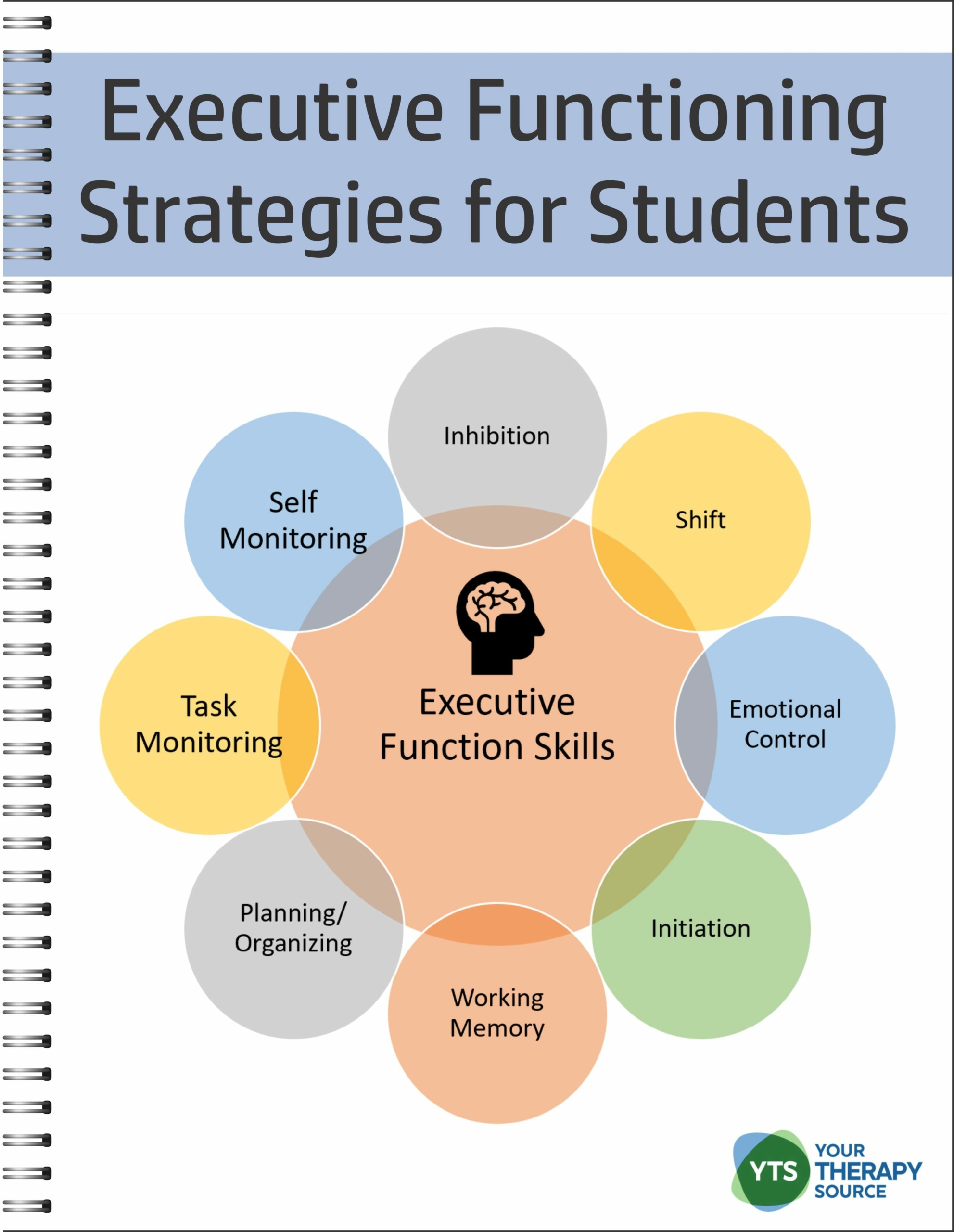
Executive Functioning Strategies for Students
What are Examples of Executive Functioning Deficits?
These executive function skills can be identified by clinical observation and evaluation.
Executive Functioning deficits are indicated when individuals demonstrate difficulties with:
- setting goals and initiating action in task situations
- meeting due dates for assignments
- developing, implementing, and monitoring plans to achieve goals
- being able to pay attention
- shifting between activities in order to maintain goal-directed behavior
- adapting to new situations
- using feedback from the environment for modifying ongoing tasks or directing his/her behavior
- impulse control and self-regulation skills
- engaging in self-directed actions and behaviors that are adaptive and socially appropriate.
What are Strengths and Weaknesses for Students with Executive Function Disorder?
A student with executive functioning issues may have strengths or weaknesses in the following areas:
- Initiating projects, tasks, work
- Carrying out tasks through to completion
- Having efficient and good work habits
- Completing a complex task
- Managing their emotions
- Transitioning through daily routines
- Monitoring and regulating behavior including impulsivity
- Shifting between activities or multi-tasking during our daily lives
Since executive function deficits can affect each individual differently, their areas of need will vary. Executive functioning individual education plan goals will be unique to each student and what works best to help them succeed in school, work, and life.
How can Executive Functioning be Improved?
There are several methods that may help improve executive functioning skills:
- Self-monitoring of behavior, setting goals and self-reinforcements
- Work on compensatory skills
- Direct instruction or repetitive instruction on skills such as emotional control or organization.
- Encourage recess throughout the school day
- Development of Work and Study Habits: setting up a schedule and creating a work space will help students develop good habits and avoid procrastination. This includes the use of calendars, to do lists, and prioritizing tasks which can be helpful in Executive Functioning IEP annual goals for school.
- Social Skills Training: Executive Functioning Deficits can hinder a student’s ability to engage in appropriate social behaviors at school. This can include practicing how to initiate a conversation, take turns when talking, and read social cues from others including facial expressions and tone of voice.
- Try mindfulness techniques.
- Use forward or backward chaining.
- Use accommodations such as academic planners.
- Executive Function Training: Several computer-based training programs have been designed to improve executive function skills which can allow students to practice executive functioning skills in different settings. Executive function training has been shown to help with math skills.
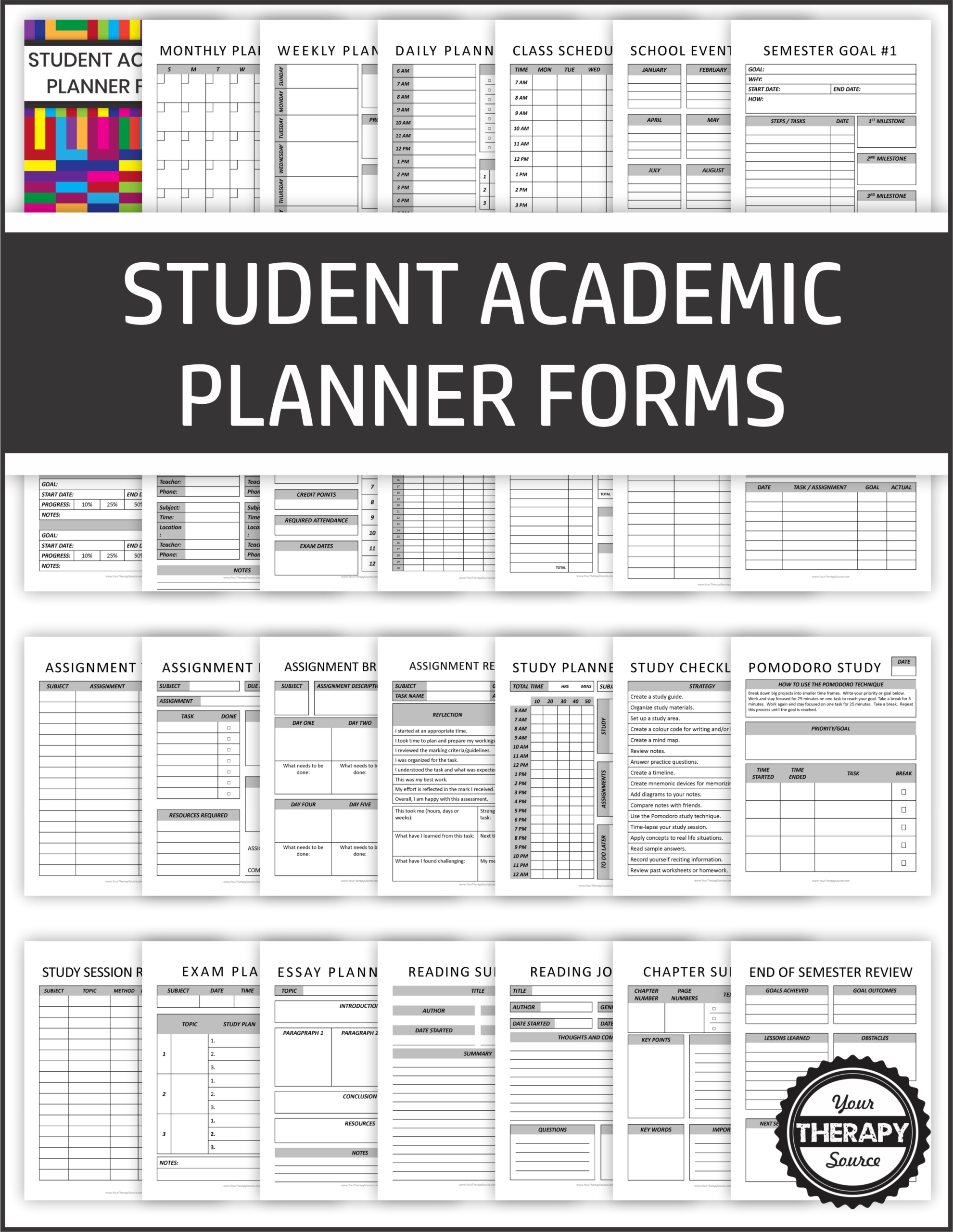
Student Planner PDF – Forms and Lists
Examples of Executive Function IEP Goals and Strategies to Help
Here are several examples of possible executive function IEP goals for students with actionable steps and strategies that may be helpful. Always remember that each student is an individual and seek the advice of other professionals to develop a plan for each student.
Task Segmentation
- Goal 1: By the end of the semester, the student will break down assignments into smaller steps, accurately completing each segmented task 85% of the time.
- Goal 2: Within six weeks, the student will independently use a task breakdown chart for multi-step projects in 4 out of 5 assignments.
- Strategy: Provide task breakdown charts and give guidance on dividing tasks during initial implementation.
Visualization Tools
- Goal 1: By the end of the term, the student will successfully use graphic organizers to arrange their ideas in 90% of their written assignments.
- Goal 2: In the next three months, the student will categorize and color-code information in their notes for 8 out of 10 lectures.
- Strategy: Introduce various graphic organizers and color-coding techniques, and model their usage.
Structured Routine
- Goal 1: Over the next nine weeks, the student will start their day using a visual schedule, adhering to it in 4 out of 5 school days.
- Goal 2: By the next parent-teacher conference, the student will be following a consistent homework routine 80% of the time.
- Strategy: Collaborate with the student to create a visual daily schedule and a homework routine, placing emphasis on consistency.
Clear Directions
- Goal 1: By mid-term evaluations, the student will demonstrate the ability to follow multi-step directions without assistance in 7 out of 10 instances.
- Goal 2: Within two months, the student will independently refer to provided checklists for task completion in 85% of their assignments.
- Strategy: Use visual and written checklists for assignments, and practice following directions through games and classroom activities.
Active Engagement
- Goal 1: Over the next two months, the student will use self-talk or questioning methods to maintain engagement in 9 out of 10 classroom activities.
- Goal 2: By the next quarter, the student will successfully employ mnemonic devices to remember key concepts in 4 out of 5 tests.
- Strategy: Teach self-talk techniques, questioning methods, and various mnemonic devices.
Timed Breaks
- Goal 1: For the upcoming semester, the student will utilize the Pomodoro Technique (or a similar time management method) during study sessions, effectively completing tasks within designated intervals 90% of the time.
- Goal 2: By year-end, the student will independently take timed breaks during extended tasks, enhancing productivity in 85% of instances.
- Strategy: Introduce the Pomodoro Technique and provide timers or apps that facilitate timed breaks.
Working Memory Skills
- Goal 1: In the next six weeks, the student will demonstrate improved recall by correctly answering 8 out of 10 questions after visualizing information.
- Goal 2: Over three months, the student will play memory-enhancing games at least twice a week, showing improvement in their game scores.
- Strategy: Introduce visualization techniques and incorporate memory games into weekly routines.
Self-awareness
- Goal 1: By the end of the term, the student will identify and articulate at least three personal strategies that aid their learning in a reflective journal.
- Goal 2: Over two months, the student will demonstrate the ability to self-correct and refocus during distractions in 8 out of 10 instances.
- Strategy: Facilitate reflective journaling sessions and teach mindfulness techniques.
Technology Utilization
- Goal 1: In the next quarter, the student will effectively use task manager apps for 90% of their assignments.
- Goal 2: By mid-year, the student will independently set digital reminders for all project deadlines.
- Strategy: Introduce beneficial technology tools and give tutorials on their usage.
Modeling
- Goal 1: Over the next two months, the student will mimic organizational habits demonstrated by the teacher in 4 out of 5 class activities.
- Goal 2: By the end of the semester, the student will reproduce at least three executive function skills exhibited by peers or educators in real-life scenarios.
- Strategy: Regularly demonstrate executive function skills in class and encourage peer sharing of effective habits.
Group Collaboration
- Goal 1: In the upcoming group projects, the student will actively participate and contribute to team organization and planning in 4 out of 5 group activities.
- Goal 2: By year-end, the student will reflect on and adopt at least two executive function strategies learned from peers.
- Strategy: Foster group work, emphasizing peer learning, and encourage students to share their best practices.
Feedback and Praise
- Goal 1: By the end of the month, the student will seek feedback on their executive function strategies for three different tasks and make necessary adjustments.
- Goal 2: Over the next two months, the student will respond positively to praise, further implementing praised strategies in 85% of subsequent tasks.
- Strategy: Provide regular feedback sessions and incorporate a system of positive reinforcement in the classroom.
More Examples of Executive Functioning IEP Goals
There are endless possibilities when it comes to goal setting for a student’s IEP. Special education teachers, students, support staff, and parents need to collaborate and work together to write measurable goals. Remember the key word is measurable IEP goals. Listed below are sample IEP goals that may be helpful.
Planning and Organizational IEP Goals
Planning and basic organizational skills require a student to manage current and future-oriented task demands. Then initiation is necessary to begin a task or activity and to independently generate ideas, responses, or problem-solving strategies.
- The student will spend 15 minutes before each class to write down the notes/materials needed for that class.
- The student will have two extra copies of all their paper on hand so they are able to keep track of materials and turn school work in when necessary
- The student will set up a daily schedule with reminders for the day so schoolwork will not get interrupted.
- The student will independently check their backpack everyday for papers, notebooks, books etc to avoid being unprepared for class by the end of the school year.
- Within a reasonable time frame (ie 15 minutes), the student will write down a list of tasks they want to accomplish and then prioritize them with the most important task first.
- The student will improve their time management skills by using a visual timer during activities.
- Using graphic organizers, the student will take notes in science class.
Impulse Control and Emotional Control Executive Function Goals
Inhibition is the ability to stop one’s own behavior at the appropriate time. Emotional Control is being able to modulate emotional responses by bringing rational thought to bear on feelings. For students who have issues with inhibition or emotional control executive functioning goals may include the following:
- The student will keep track of activities that are not allowed at school or home and will develop a plan to avoid those activities.
- During classroom activities, the student will use a hand signal to indicate they need help.
- The student will practice deep breathing techniques during times of frustration or boredom to keep from acting impulsively.
- The student will have a “cool down spot” at school where they can go when they feel frustrated so they are able to calm themselves before reacting.
- The student will be given a “decision tree” with visual supports where they can weigh the pros and cons of Executive Actions before making decisions.
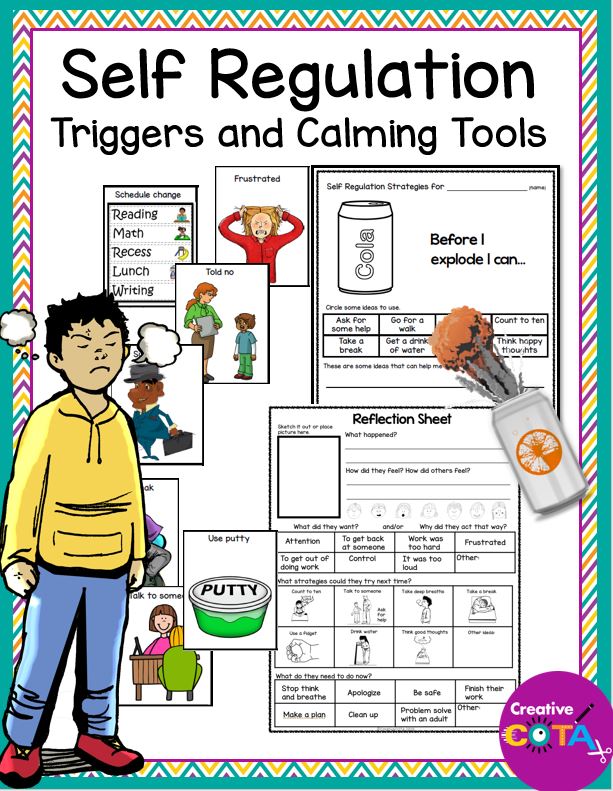
Self Regulation Triggers and Calming Tools
Shifting and Transitioning IEP Goals
Shifting or transitioning is the ability to move freely from one situation to another and to think flexibly in order to respond appropriately to the situation.
For students who have difficulties with shifting executive functioning, goals may include the following
- The student will write down all the steps needed to complete a multi step task and draw a picture of each step.
- With verbal prompts from the teacher, the student will learn to transition with small, manageable steps that can be completed to reach a larger goal.
- The student will be assigned an “assistant” who can help transition between tasks.
- Using visual reminders, the student will transition independently from recess to math class.
- Using a timer, the student will independently transition to the next task.
Self-Monitoring IEP Goals
Self-Monitoring is the ability of a student to monitor one’s own performance and to measure it against some standard of what is needed or expected.
For students who have issues with self-monitoring Executive Functioning goals may include the following:
- The student will create a list of all their strengths and weaknesses and how these Executive Functions can affect their performance in school.
- During a study session, the student will rate how well they have been paying attention and will reward themselves if their rating is high.
- The student will self-monitor task completion using a simple 4 step checklist.
- The student will set small goals for executive functions they want to work on and self-monitor whether they achieve the goal.
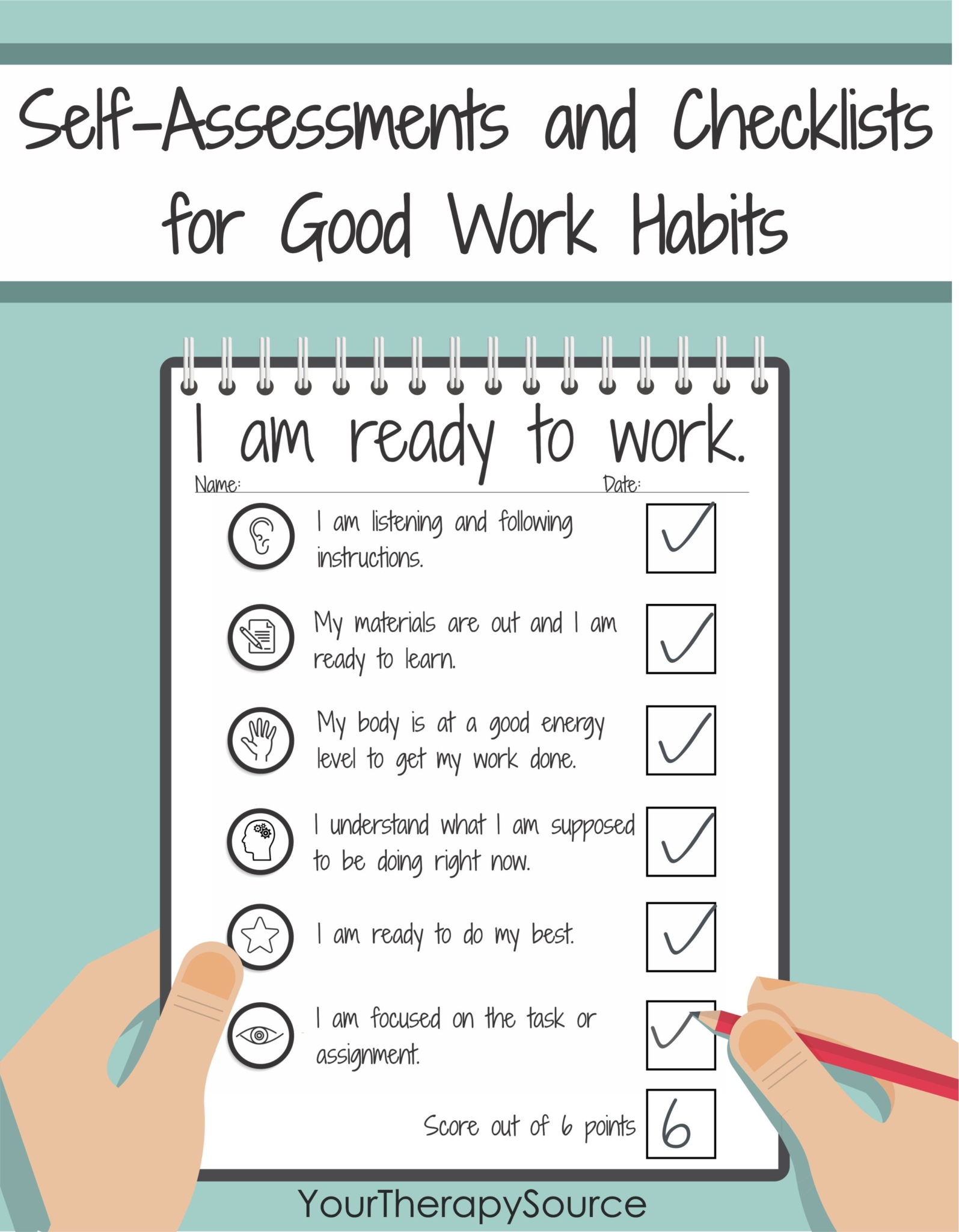
Self-Assessments and Checklists for Good Work Habits
Working Memory IEP Goals
Working memory is the capacity to hold information in mind for the purpose of completing a task. Students who have deficits in working memory executive functioning goals may include the following:
- The student will use a “cue card” with reminders about what needs to get done and where it can be found so they can remember their responsibilities.
- The student will create a calendar with scheduled activities and assignments to keep track of deadlines.
- Using assistive technology, the student will learn to set reminders on their laptop.
- The student will write and use “post it” notes on their desk in class to remind them about tasks they need to complete.
- The student will learn how to divide large assignments into smaller steps so the student can remember each step along the way.
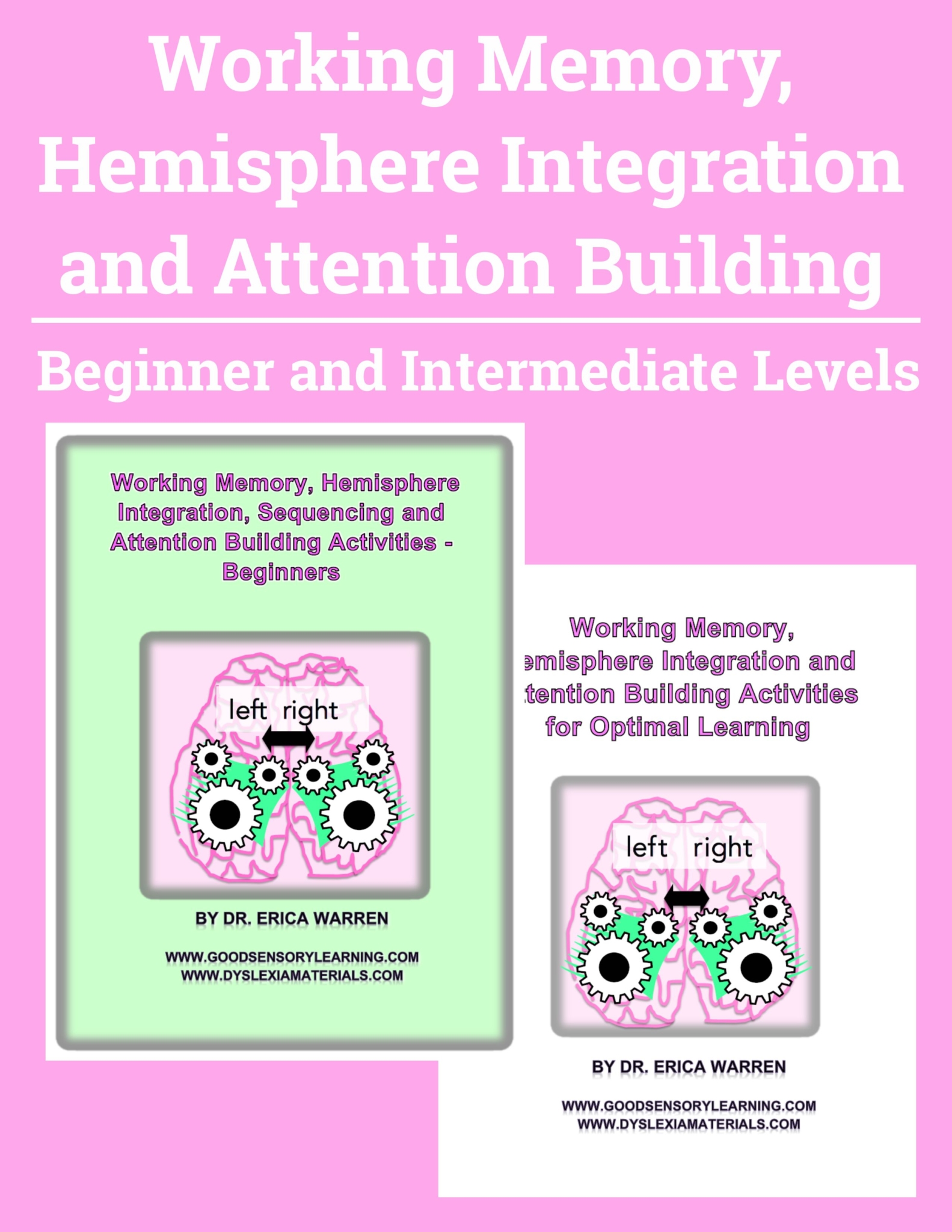
Working Memory, Hemisphere Integration and Attention Building Bundle
Conclusion
Executive function deficits affect the brain’s ability to regulate behavior, plan tasks, organize assignments, control emotions, remember important information, and more. Executive Functioning IEP goals can range from reminders that help the student remember their responsibilities or learning to use step-by-step checklists of tasks that make them less overwhelming. When students with executive function deficits reach their goals, they can be more functional and successful academically, socially, and emotionally.
It is extremely important to take the needs of your student into consideration when creating a list of IEP goals. Each student is unique and creating measurable goals is a great way to monitor progress and promote success in school and at home.
More Resources
Read more about student strengths here.
Read more about the strengths and weaknesses for the IEP here.
Read more about IEP goals here.

